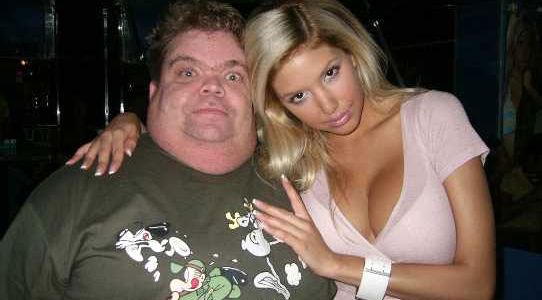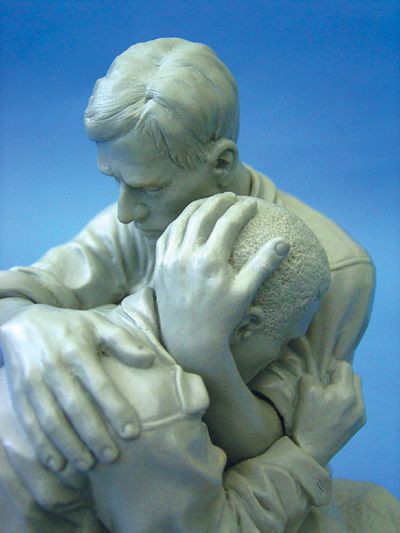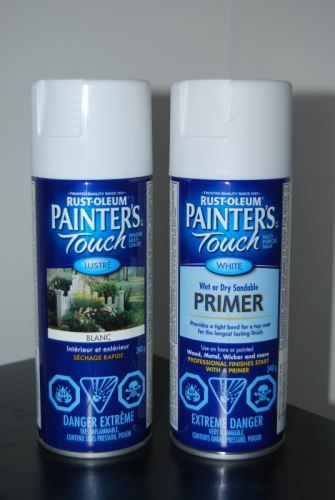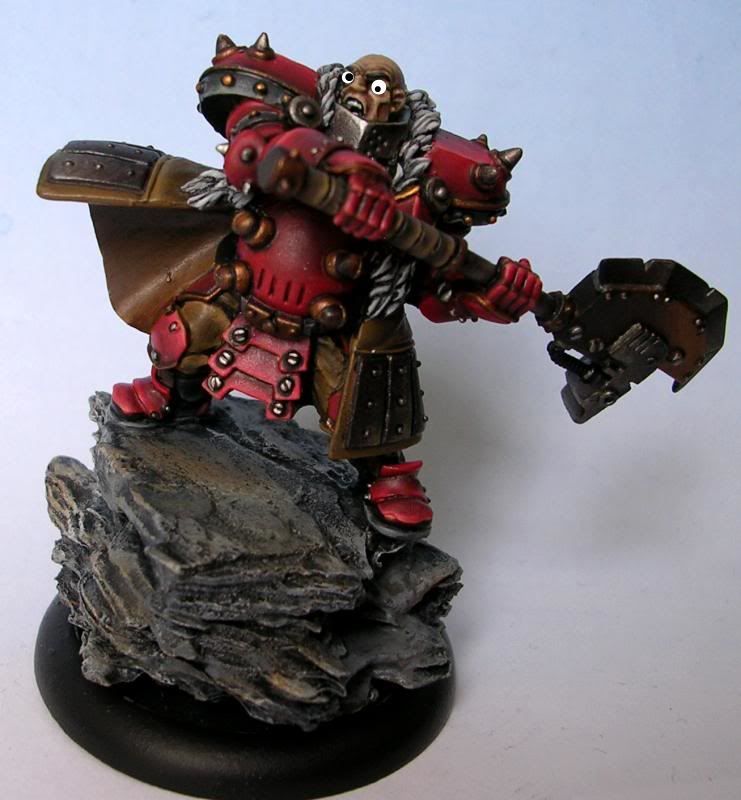Once upon a time I worked for a miniature company you may have heard of called Games Workshop. Games Workshop would hold two annual tournaments. One was for staff and the other for the public. Both tournaments required all models be completely painted in order to be played. I would typically spend several months ahead of time planning and meticulously painting each model to the best of my ability in order to win the “Best Painted Army” award, which I was fortunate to achieve a couple of times.
Fast forward to today. I no longer seem to have the patience to paint models to showcase or competition level. Now, I find it quite frustrating if a single model takes me longer than two painting sessions to complete or a unit to take more than four painting sessions to complete. I can still achieve pretty decent results but the quality suffers a bit. If you’re not painting for competition and just want to get your models on the table then you may consider lowering your standards. This article may help you out as it’s all about painting to tabletop quality.

This lovely female painter is lowering her standards a bit.
What is Tabletop Quality?
You can ask a dozen people and you’ll likely get a fairly wide variety of answers. Those of you that are more inclined to paint to an above average quality may feel that tabletop quality means a good quality figure complete with shading and highlighting, fully based. A novice painter or someone that’s just into miniature games for the game portion and has no interest in the hobby aspect may say that tabletop quality just means a basecoat of 3 different colours. Both opinions are valid and acceptable but this article will focus a bit more on getting your figures done quickly but to a higher quality. To me, tabletop quality is quality shading and highlighting that is high contrast. It looks amazing from 2 to 4 feet away (the typical distance spectators are from your models when you’re playing a game) but won’t stand up to scrutiny from about 6 to 12 inches from the human eye and certainly not to a macro photo from a good digital camera.
Why Be The Best You Can Be When You Can Be So Much Less?
We’re taught from a young age to do the best we can or to never half-ass a job. The people that told us those things never had to paint 35 points of Circle Orboros for a tournament in a month!
You may find yourself in a situation where you want your tournament army fully painted. Just do your best to find the time and sit down and paint. Sacrifice quality if you have to but get it done. Applying washes and drybrushing won’t win painting awards but you can feel a sense of pride that every single model you drop on the table is painted. Hell, if you want to, you can revisit the models you aren’t satisfied with later and touch them up and bring them up to your usual standards! A wise man once told me that it’s always better to have painted models than unpainted models. I’m not sure I agree with him all the time but usually, painted models > unpainted models.

These models are very upset they aren’t painted yet. Even a basecoat would make them happy.
Prime in White
I would say the majority of painters I know exclusively prime their models using black primer. When painting for speed, I find that it’s usually better to prime in white. One reason is that it takes only one coat of paint to get a good basecoat over white. If you prime in black, it may take you 2 or even 3 coats of paint to get a good basecoat of a less opaque pigment like say, red. If you’re really pressed for time or just want to get the models done you can prime white and even just water down your basecoat a bit and apply it like a wash to your model. This will basically do all 3 things in one step: basecoat, shade and highlight! It won’t be the most attractive figure on your shelf but it’ll look decent with a minimum of effort and time. Sometimes, that’s all we want.

This will probably get me some strange looks from the painting community but yeah, I use this stuff to prime my miniatures.
Learn Some Simple Techniques
There’s some other simple painting techniques you can apply to your models to drastically improve their appearance on the tabletop.
Drybrushing: Drybrushing is probably one of the first two painting techniques you should learn when you start miniature painting. It’s very simple and can accomplish very positive results with limited skill and time expenditure. Drybrushing is a technique of painting in which a brush having a small quantity of paint is applied to or dragged across a surface. So, using a stiff bristled brush, you dip it into your paint. You then wipe off the majority of the paint onto a paper towel and then drag the bristles of the brush across the surface of your model. The raised texture of your model will pick up the residual paint left on your brush and will naturally highlight the surface area. Do a search on YouTube for tutorials on drybrushing.
Wash: Applying a wash is the second of the first two painting techniques you should learn when you start miniature painting. This is basically the opposite of drybrushing. It will serve as instant shading for your model. You will take a colour of paint that is several shades darker than your basecoat colour and put it on a palette. Then add water to it until it will run freely if applied to your model. I find it helpful to use a medium added to the watered down paint to help the paint flow and prevent dreaded “drying rings”. A couple of drops of white school glue will work or you can buy actual paint medium if you’re rich. Apply the watered down paint mixture to the model. The watery paint mixture, or wash as we call it, will seep into the cracks and crevices on the model and provide instant shading. It should also be noted that I personally use watered down paint as opposed to inks and pre-mixed washes. This is just so I can control the actual colour I’m using as a wash and also the consistency. Use what you feel comfortable with but at some point, try watered down paint with a few drops of medium or school glue as it may produce better results for you than the pre-mixed washes.
Set a Schedule
Take a few minutes to figure out how much time each day or week you have to devote to painting. It’s important here to be realistic. So let’s say you want to get a unit done. Estimate the amount of time it will take to finish painting the whole unit (again, try to be realistic!). Write it on a calendar. You can even break it up into steps. Monday – Wednesday: Get basecoat done. Thursday – Saturday: Drybrush and wash. Sunday: Finish bases on unit. Something like that. Do your best to stay on schedule and you may even try to budget a couple of extra days per step just to account for real life stuff that may come up or those lazy days when you just want to lie down on the couch and watch TV instead of paint.
The Ayes Don’t Have It
Don’t bother painting eyes if you’re in a hurry. Eyes on a humanoid model can be important but they are very time consuming because you have to do them right. I’ve always said it doesn’t matter how well you paint the rest of the model, if you do the eyes wrong the model is ruined. So if you’re pressed for time, just don’t do them! Maybe just white them out to give your guys a bad ass Batman look, or just wash the face so the eye cavity is filled in dark. You can always go back and paint them in later when you’re not pressed for time.

Paint your model’s eyes properly or not at all! You do not want to see butcher charging your Warcaster, especially with this look in his eyes!
So there’s just a few tips and tricks to getting your army done to tabletop quality. Hopefully it helps and it’s always better to have a decently painted army on the tournament table than a “steel legion” army. There’s an old gamers’ mantra that states that painted models always fight better than unpainted models! So sit down, get painting and remember, it’s just paint and it works for you!
-Masterseck.


It really is a great feeling to play a fully painted army… and *especially when playing against a fully painted army too! Sadly, seems like its becoming more rare – so great article. Hope it inspires a few people to get painting… and maybe even earn some easy league points in the process!